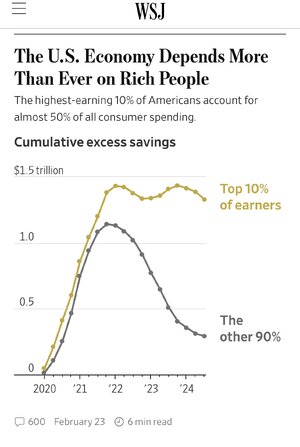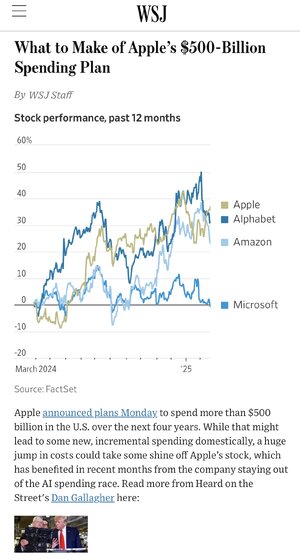- Messages
- 33,366
Continued
“… Work culture is “probably going to shift a little bit toward the harder end” for employees, said Lori Yue, associate professor of business at Columbia Business School.
Some companies may see the government’s actions as an opportunity to make drastic changes, work experts say.
“For companies that have been wanting to return to the office and push that agenda, this could be another piece of ammunition,” Bell said.
Tech start-ups, known traditionally to be more flexible than large corporations in their work policies, also are pushing more in-person work and longer hours, some within the community said. For founders, the new culture is something they think will give them a competitive edge.
… While unions continue to fight for worker rights, union participation hit a new low of about 10 percent of U.S. workers in 2024, down from 20 percent in 1983.
Trump also fired leaders of the National Labor Relations Board and the Equal Employment Opportunity Commission, both federal agencies that help protect workers. …”
——
Out - work-life balance, work to live
In - live to work
“… Work culture is “probably going to shift a little bit toward the harder end” for employees, said Lori Yue, associate professor of business at Columbia Business School.
Some companies may see the government’s actions as an opportunity to make drastic changes, work experts say.
“For companies that have been wanting to return to the office and push that agenda, this could be another piece of ammunition,” Bell said.
Tech start-ups, known traditionally to be more flexible than large corporations in their work policies, also are pushing more in-person work and longer hours, some within the community said. For founders, the new culture is something they think will give them a competitive edge.
… While unions continue to fight for worker rights, union participation hit a new low of about 10 percent of U.S. workers in 2024, down from 20 percent in 1983.
Trump also fired leaders of the National Labor Relations Board and the Equal Employment Opportunity Commission, both federal agencies that help protect workers. …”
——
Out - work-life balance, work to live
In - live to work


